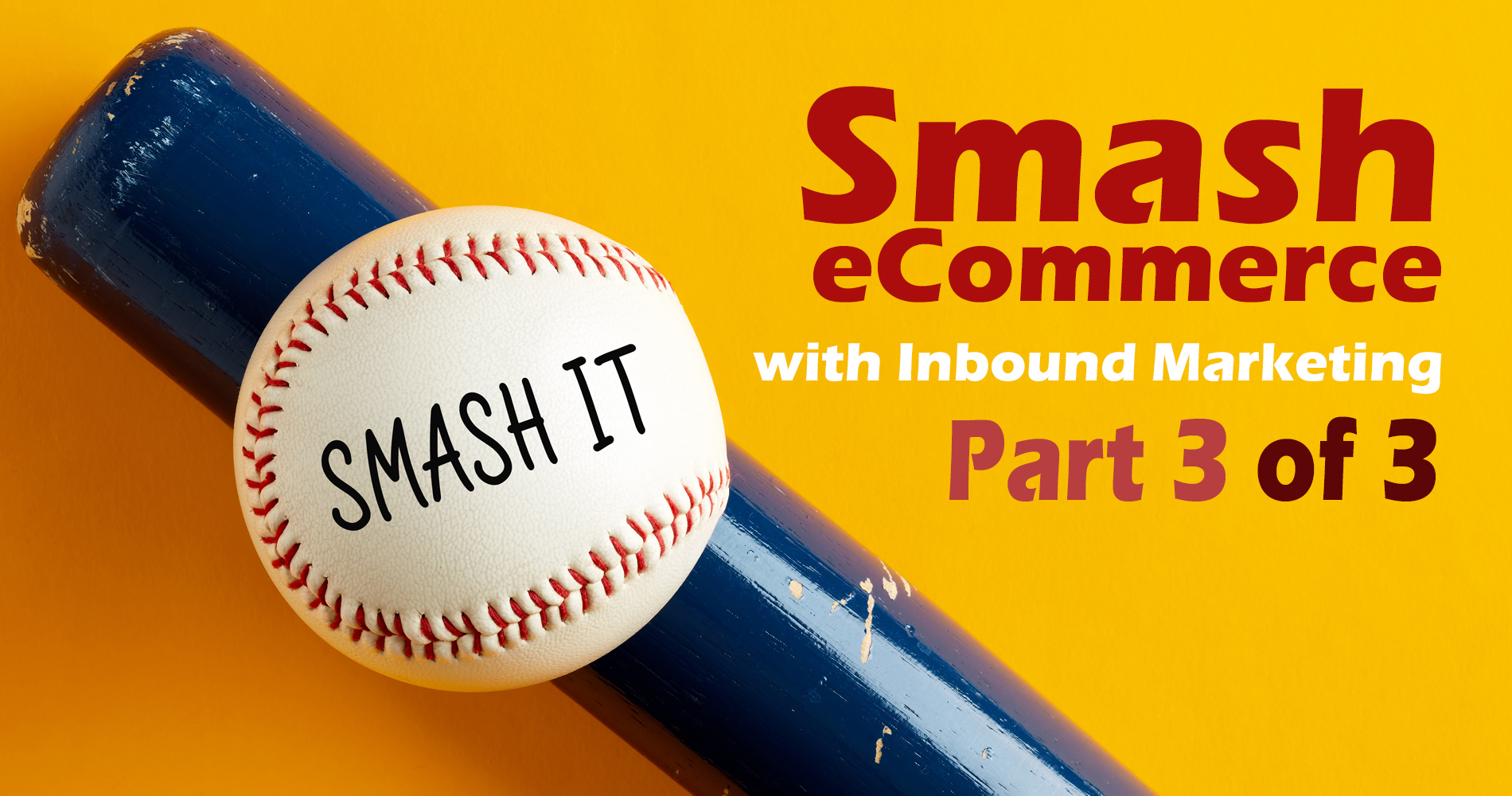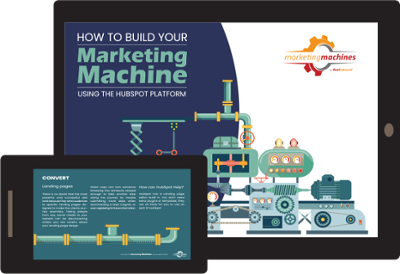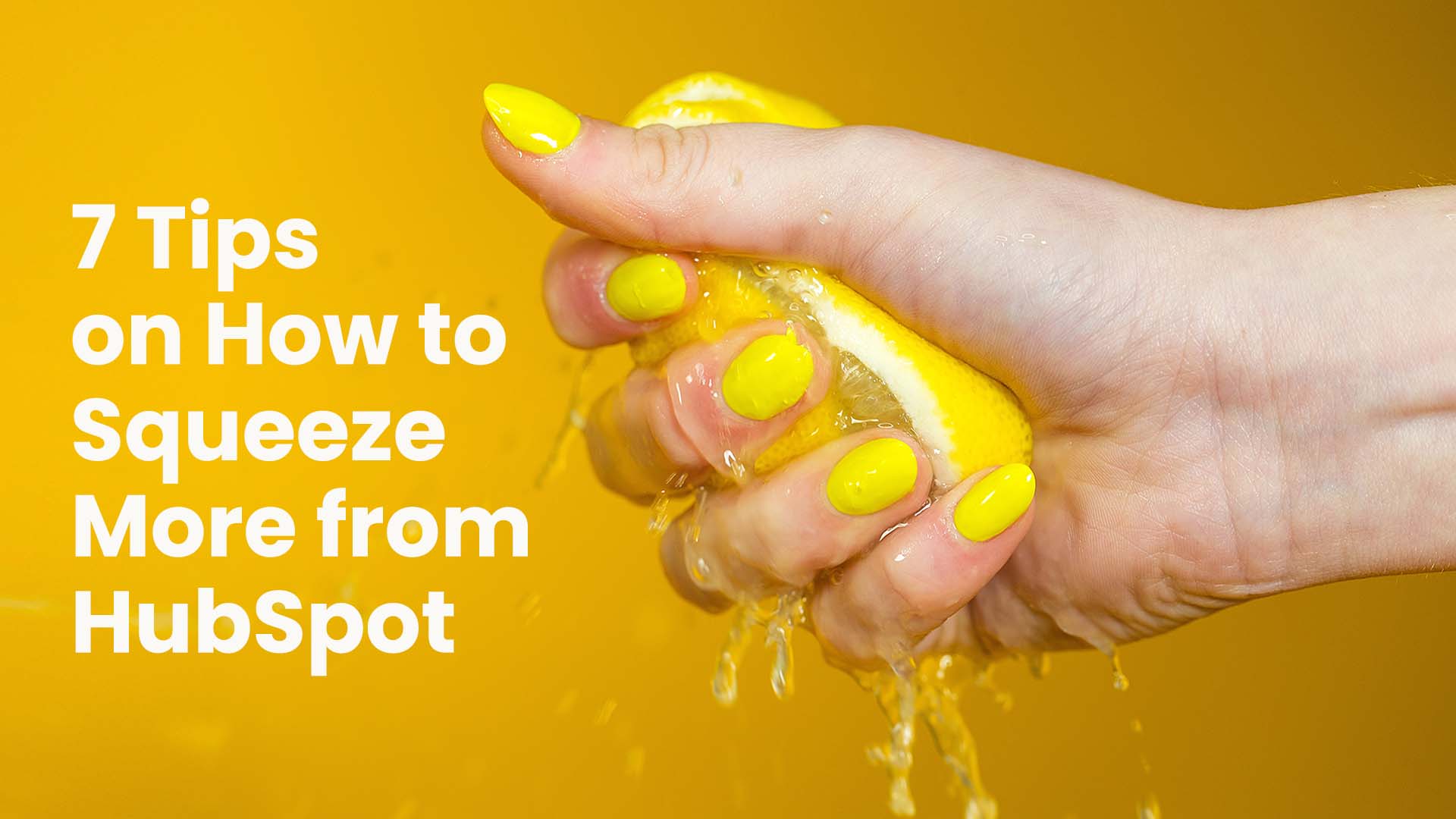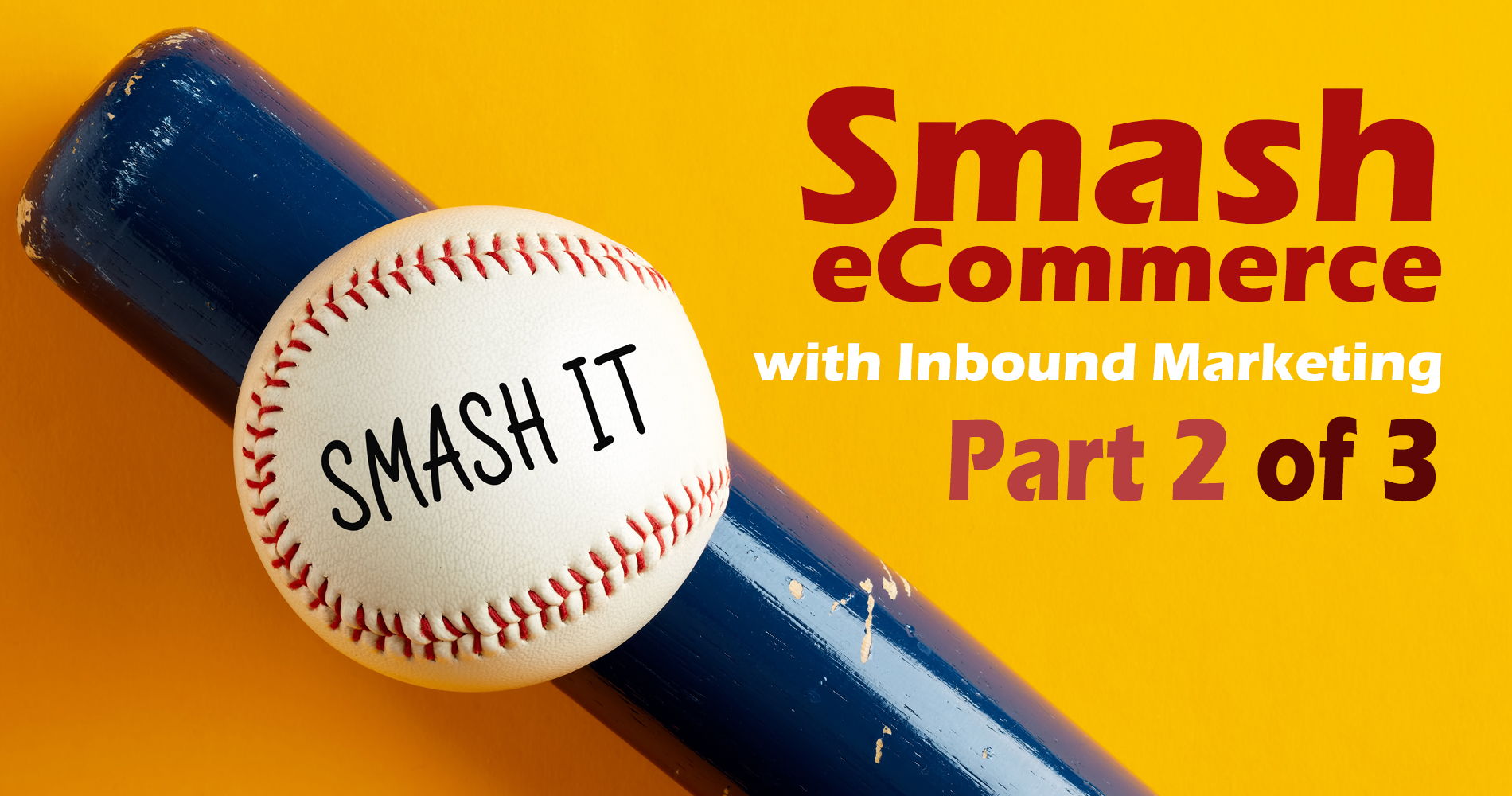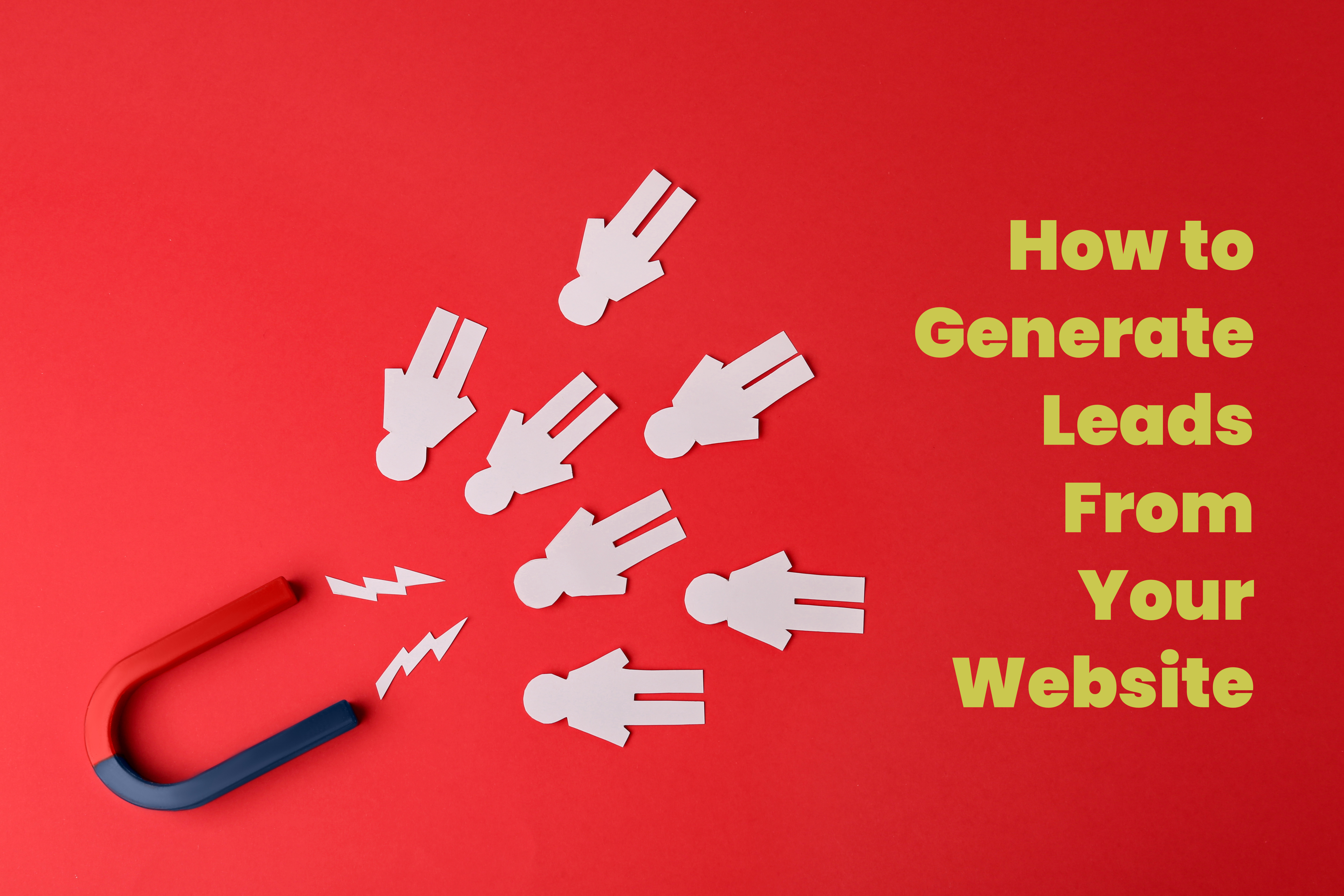OK so we've looked at strategy and the "Attract" phase lets close this mini series out with a look at "Converting", "Closing" and "delighting" you now well earned customers.
Converting
Your conversion phase involves collecting new email addresses so that you can continue to market to them. During this stage, you should send customised, targeted, and well-timed emails to different customer segments, as well as create content and services that enhance your website's value and encourage people to buy from it. Here are a few key tactics we should take a closer look at.
Catalog Optimisation
Running an eCommerce site requires regular analysis of what's selling, what's not, and what can be optimised. Based on views and conversions, we like to categorise products into four buckets.
Low-traffic and high-traffic products should be classified accordingly. In the first place, you have your best-selling products, which fall into the 80/20 rule: products with high traffic and high conversions that consistently sell.
Second, we need to promote the products. Low traffic but high conversion rates are the hallmarks of these items. How can those pages be made more traffic-friendly? Your conversion rate for those products is more likely to increase the more traffic you drive.
Another example is high-traffic pages that do not convert well. You are losing a lot of potential sales with this category of product. Therefore, you need to test conversion and closing tactics extensively. To make the checkout process easier, you want to add more of these products to your cart.
Last but not least, products that don't get traffic or conversions should be removed from your site. Displaying these products on your website (and possibly in your warehouse) is simply a waste of space. Fire sale they or at least remove them entirely (perhaps at a loss). If you remove them from your site as soon as possible, you will have a better chance of success.
Welcome Offers
Have you ever been annoyed by pop-up ads on websites? It might be fun to see the first time, but they are very annoying if they keep showing up over and over again. This wouldn't be such a big deal if it was just a single website, but when it comes to retailing, customers tend to buy more if they like what you have to offer, and since about 80% of people want nothing to do with pop-ups (83% in the US), does that make sense as a business strategy? The answer is no. But how can we be sure of this? What we do know is that online retailers who make use of opt-ins have found much better success than those that don't! They have seen their email subscription list curve rise exponentially rather than flatline or decline when focused on creating meaningful relationships with their customers or users.
Product Questions
How about adding a way to ask customers questions that is convenient and easy? With the new HubSpot form on product detail pages, you can now allow visitors to ask questions about specific products right underneath the product description. Using your platform variables/tokens, you can dynamically pass in values for name, SKU, and URL.
Live Chat & Bots
Customer service should be a key consideration when planning a successful website. The aim should always be to create customer loyalty and give them a positive consumer experience! A great way to do this is by introducing live chat options on your site. These are simple and cost-effective programs that enable your customers to instantly connect with customer service reps, who can offer immediate help or point the customer in the right direction if they don't have the necessary information readily available. Oftentimes, companies require an email address to engage with a chatbot or live chat representative, giving the opportunity to not only capture that contact for future marketing purposes but also to provide such high-end back-and-forth support as warranted by priceless consumer feedback - because of course we wouldn't want it any other way!
Deal closure
Now that customers are seeing your products, getting to know your brand, engaging with your content, and utilising social media as well as email marketing, it’s time to get them to pull the trigger on making a purchase. At this point, it’s important to think of what they have that they can offer you in return. After all, isn’t that how business works? We say this because there is so much more involved than just making a single sale. You want to be able to use that individual in some way for business purposes (either for their good or for yours). So it goes without saying when you do make that first sale with a new individual, it’s important to always keep them coming back again and again by helping them understand why your business offers such great value at every moment possible via consistent communication between one another through methods like emails, voicemails, phone calls or even obtaining their address so you can send letters!
Site Search
Your website's search function is crucial for closing sales, allowing visitors to search it. Site search visitors are more likely to convert than average visitors because they are taking a proactive step to find something specific. The average order value of site search users is 25-50 percent higher than that of other customers, as well. What are some ways to boost revenues using site search?
Several different metrics need to be tracked, including what visitors search for as opposed to what they click, what product combinations are viewed and purchased, which products are added to the cart, and which products are purchased. Using all these metrics, visitors' search results can be dynamically adjusted over time to enhance their experience. In turn, this will eventually result in smarter and more relevant search results on your website.
Additionally, this data can be used to provide more relevant product recommendations, ratings and reviews, comparisons, and quick views to your customers. It can be incredibly powerful to create filters in search results based on unique attributes of products on websites that offer hundreds or thousands of products. You can create filters based on all the data you have about your products, including sizes, colors, makes, models, and years. An efficient search will lead to a sale more likely than one that is inefficient.
Free shipping and frictionless checkout
It’s as important to have a checkout process be as easy to understand as it is to get people to visit your website in the first place. It may sound “discount heavy”, but offering things like shipping discounts are great merchandising opportunities for the checkout experience. For example, you can choose to offer one or more specific prices that trigger a discount. Customers will be able to see immediate price changes based on their selection during the purchasing decision, encouraging them towards their final orders. If there are any products, they want that do not give them free shipping if they don’t spend enough money per product, you can put a message right next to those items such as “Spend just $5 more and get free shipping off today!” This way people looking at products quickly at the bottom of their cart are prompted with this higher-level decision without having to navigate away from the product immediately.
Checkout Cross-Sales
Have you ever purchased a car, and it was all settled with the salesman but then the financing guy wants to nickel and dime you? Salespeople make millions of extra dollars by getting their customers to spend just one more dollar before closing the deal. The checkout process on your website can serve that same function of making a little bit more money while also marketing some extra stuff with deals or whatever else to sell. For example, Domino's could use that chocolate lava cake earlier in the order form instead of later. Many purchase decisions are made during moments like these when they're known as impulsive purchases because most folks can't say no at that particular moment when they know it comes with three more options, so whenever starting a new business (such as an e-commerce website), having someone who isn't afraid to ask for an extra dollar could make big difference toward your company's future success.
Abandoned Carts
Abandoned cart rates are a key challenge for any eCommerce business. In this case, a visitor places an item or items in their shopping cart, but never completes a purchase. This could be because they got distracted, changed their minds, wanted to make the purchase later, or even on the website of a competitor. However, lowering abandoned cart rates is integral to eCommerce success, regardless of their motivation. You can dramatically reduce your abandoned cart rate by setting up an automated workflow in HubSpot. The idea is to create a sequence of emails to send to anyone whose email address you have but have not yet completed a purchase. You can send them emails to remind them of their shopping cart items or to entice them to purchase with special offers and discounts. Our testing and research have led us to discover a formula that captures sales from abandoned cart emails. It is common practice to send the first email within one to two hours of abandonment, the second email within 12 to 24 hours, the third email within 48 to 72 hours after abandonment, and the last email within three days of the third email.
Custom Audiences
If you don't yet know what an email list is, it's a mass of emails (obtained through sign-ups, entering contests, etc.) that allow you to stay in contact with everyone on your mailing list. Say for example that you have a restaurant and are looking to advertise your specials via ads. You can upload a list of said patrons' emails and then send them special offers through Facebook as well as Google so that whenever someone types in their email the ad pops up! Not only does this give you more recognition (as those emailers will fill in the blank with your restaurant), but it also instills a feeling of loyalty. When customers feel like they're receiving something extra from their favorite places, such as their beloved restaurants or barbershops perhaps, they come to associate those businesses with being especially nice and kind - meaning they'll want to come back again and again!
Keeping Your Customers Happy
Congratulations! You’ve attracted users to your company website and have persuaded them to buy from you (or at least try out a trial first) - so well done. Now it’s time to start thinking about how you can impress that customer even more and potentially convince them to stay loyal to your products and return to you in the future, instead of going elsewhere. It is best to impress them to the point that they tell everyone they know - friends and colleagues - enough so they want to try your products as well. So, let’s take a look at some ways one can achieve both of those two tasks by keeping their customers satisfied and coming back for more…
Shipping & Fulfillment
Satisfied customers are crucial to a company's success. These clients come back again, and they bring others with them. You can make your brand stand out in the minds of potential consumers by focusing on customer service, from fulfilling orders and returns quickly to adding thoughtful touches like gift-wrapping, gift messaging, and setting clocks to the correct time zone. Luxury watch brand Shinola puts a lot of effort into educating customers about their valuables through written materials included in the boxes their products arrive in, for example.
Post-Purchase Follow-up
You’ve landed the sale! It was a hard-fought battle and the competitor almost beat you, but now the customer has decided to buy your product or service. That’s great news for you, but it isn’t over yet because post-purchase can be where your company shines through. Now that you have this customer’s attention one more time, take advantage of it by further communicating with them via email by asking them to review their purchases as well as asking if they would like notifications when they receive their order or recommendations for complementary products. This can essentially create a better experience for the customer and keep them coming back in the future!
Win Back Workflows
If you’re trying to get someone back into a business, it can feel a bit weird. You might worry about coming on too strong, especially if you haven’t spoken to that individual in a while and don’t know what they’ll think of you want them back as one of your regulars. However, the reality is that you have no way of knowing what will be perceived as a “bothering” text message or phone call unless you go for it – and then you won’t know what might have happened if you hadn’t found out! If the business is too tough to find customers (which just might be the case if they didn’t want your services anymore,) this sort of re-engagement is worth doing. By reminding customers how great your business was in the past – even offering a reward for their patronage – not only are you cutting down on future losses but also hopeful getting those individuals back hoping they will recommit to regular visits with your company.
The best way to deal with this issue is to segment your mailing list based on when you first tried and got in touch, and then take an in-depth look at how these people have been interacting with you (or not) over time. You could even make three different lists: the first detailing contacts you first tried to engage about six months ago; the second for those who you communicated with a year ago; and the third for individuals with whom it's been over two years since you last won them over. Just remember that after a certain length of time, it's probably good to remove people from your email list who haven’t been active in more than two years because continuing to email them after that stage can negatively impact your email deliverability rates, and it's simply not productive to try to re-engage them.
Reward your customers with royal treatment to drive loyalty
People love to be pampered and treated like VIPs by the companies they buy from. After all, when was the last time you felt special and appreciated as a customer? These do not necessarily require anything particularly expensive beyond special offers which focus on these kinds of customers in particular, since affordable gifts work just as well. That being said there’s no rule this out entirely if you can afford it! A good strategy for finding wonderful gifts for your most loyal customers comes in the form of a three-tiered rewards program where shoppers can receive various levels of benefits based on how many transactions they make or how much money they spend every year in store. For example, your average order size might be $10 – $50, $50 - $100, and $100+. The program is a great way to increase brand loyalty among shoppers who are devoted to your retail business.
Conclusion
Inbound marketing has become a core component of any successful business in the twenty-first century. Long gone are the days when businesses relied on traditional outbound marketing techniques such as billboard campaigns or TV ads (still viable methods but only for certain types of businesses like print shops). The same goes for telemarketing, which had its heyday in the 20th century. That said, online businesses have to work ten times as hard compared to their offline counterparts just to stay afloat. But that’s exactly why online businesses are experiencing unprecedented growth: you can market yourself without ever leaving your home!
